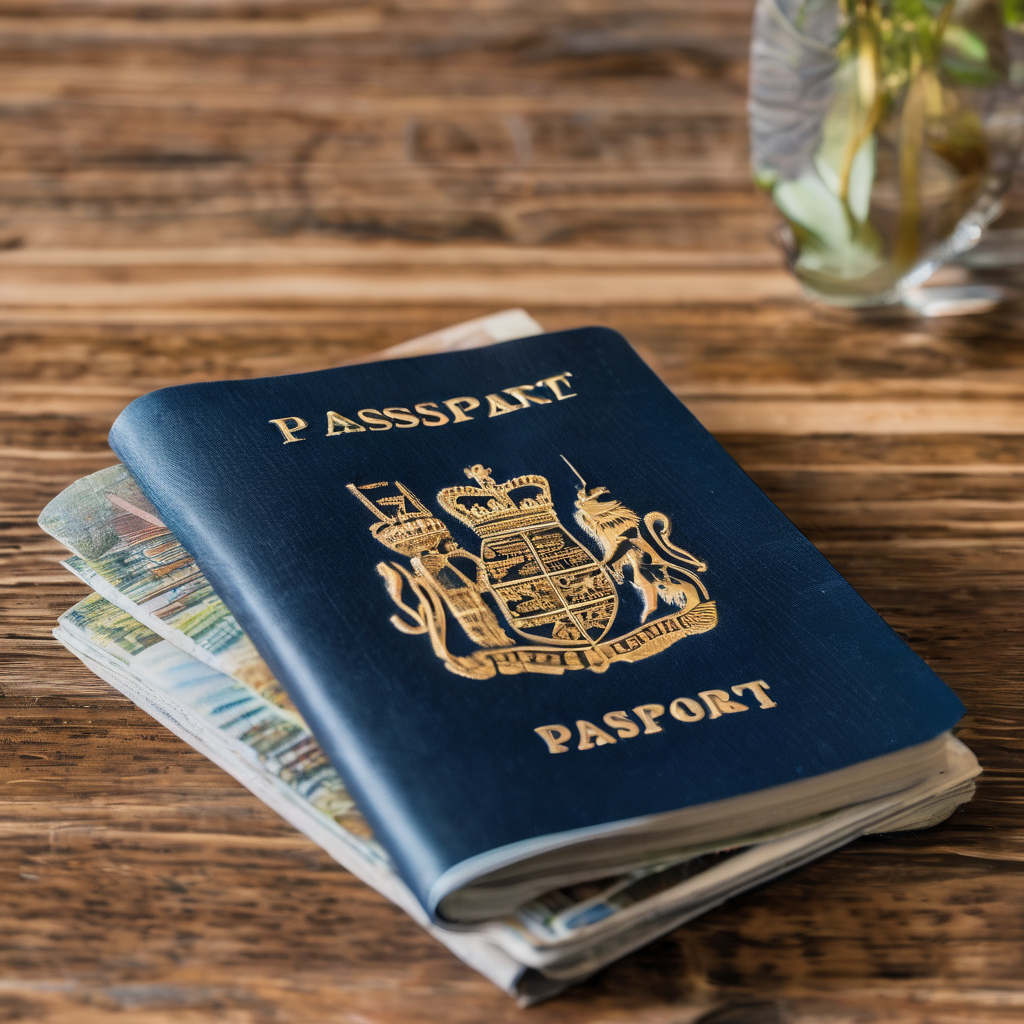The New Zealand government has unveiled two new pathways for migrants seeking residency, as part of its strategy to revitalize the nation’s economy. Economic Growth Minister Nicola Willis highlighted the vital contribution of skilled and experienced migrants in addressing workforce shortages, which in turn supports business growth.
The new residency pathways are tailored for skilled workers, tradespeople, and technicians. Applicants are required to demonstrate relevant experience both abroad and within New Zealand, while also meeting specific salary requirements. These measures are designed to attract individuals who can make significant contributions to the economy.
Recently, New Zealand’s economy has faced challenges, experiencing negative growth in three out of the last five quarters. In response, the government has implemented a series of policies aimed at bolstering economic performance, including encouraging foreign investment. Although net migration figures remain positive, there has been a noticeable decline since the surge that followed the reopening of borders in 2022, as many New Zealanders have opted to move abroad.
The new immigration policy, however, has not garnered unanimous support. The governmental coalition partner, New Zealand First, has publicly opposed the initiative.
The introduction of these new migration pathways aligns with broader efforts within New Zealand to fine-tune immigration policies and support economic development. This initiative mirrors previous endeavors, such as the Recognised Seasonal Employer (RSE) Scheme, designed to address specific sector needs and promote industry growth, particularly within the horticulture and viticulture sectors. Similar efforts include discussions about easing visa restrictions to facilitate closer ties with Pacific nations, thereby fostering regional unity.
These developments signify a proactive approach by New Zealand to leverage immigration for economic recovery, while also acknowledging the complexities and differing political perspectives involved in shaping sustainable immigration policy. As these policies take shape, they present opportunities for strengthening both economic and cultural connections, offering a hopeful outlook for the nation’s future.
